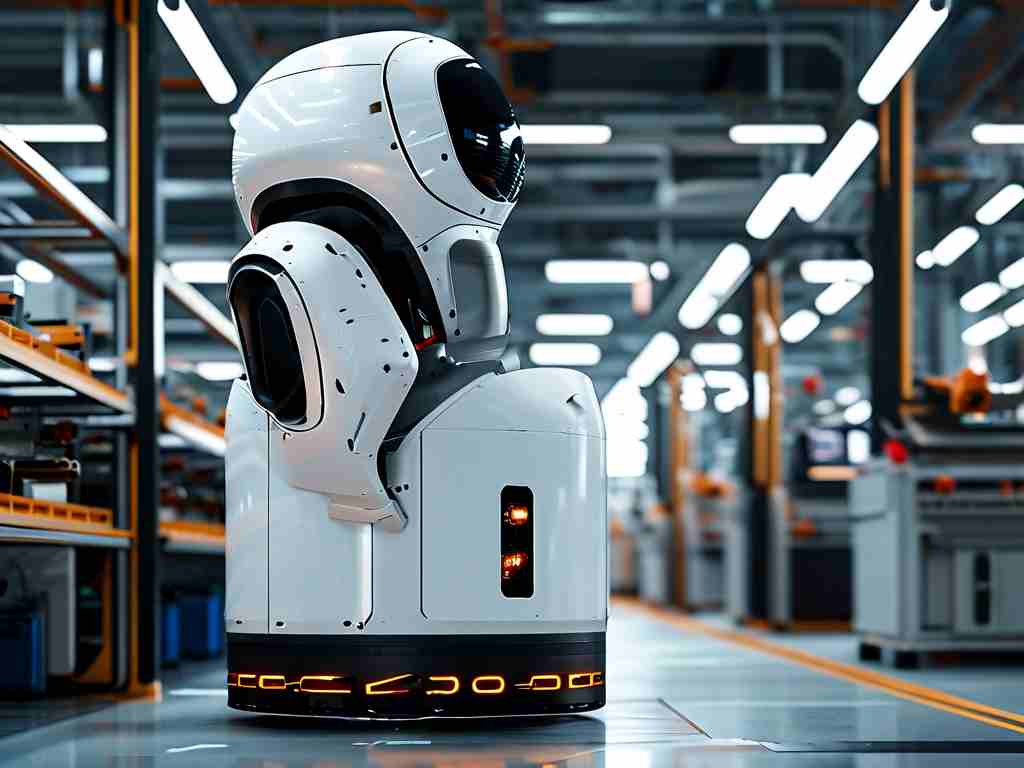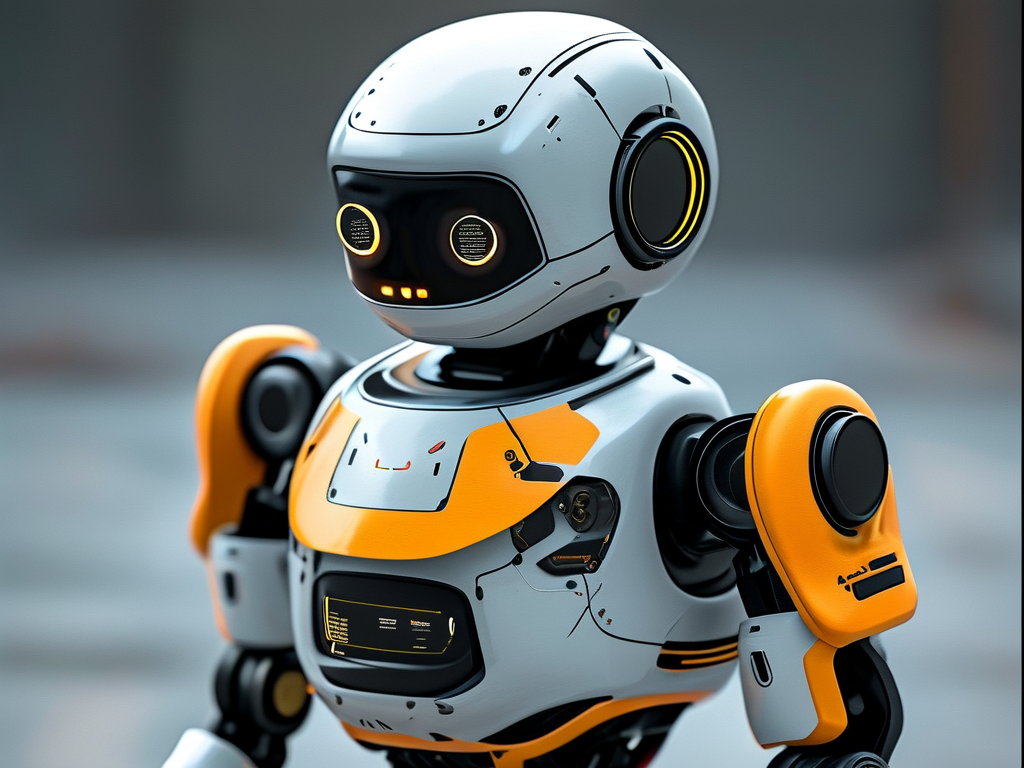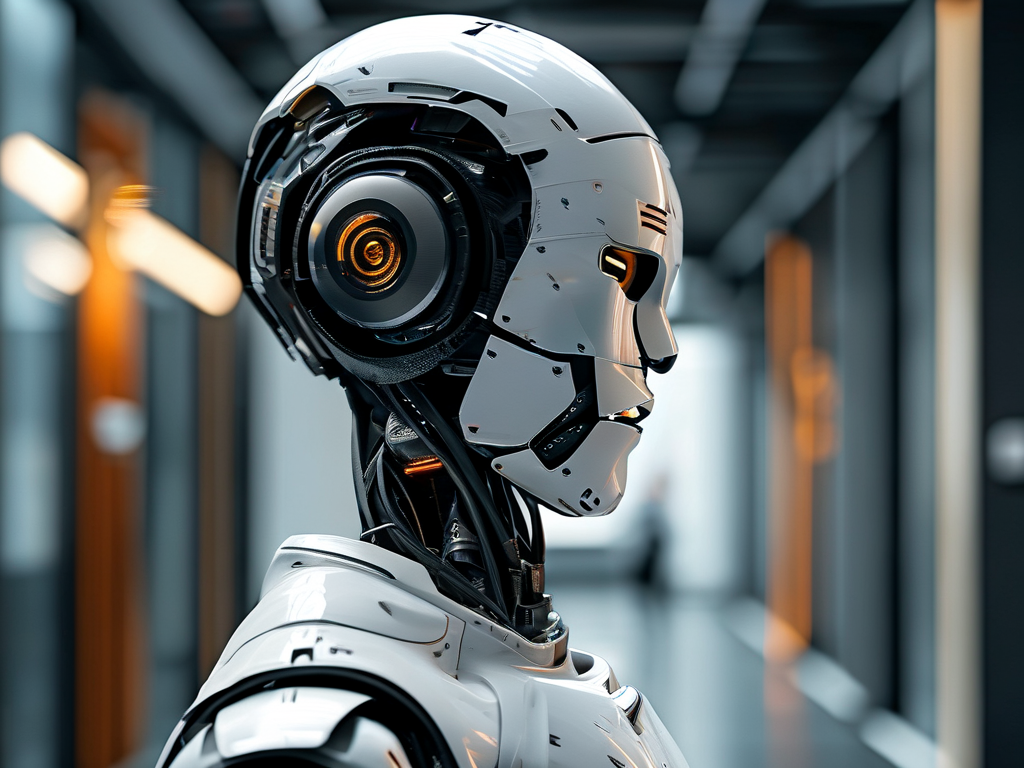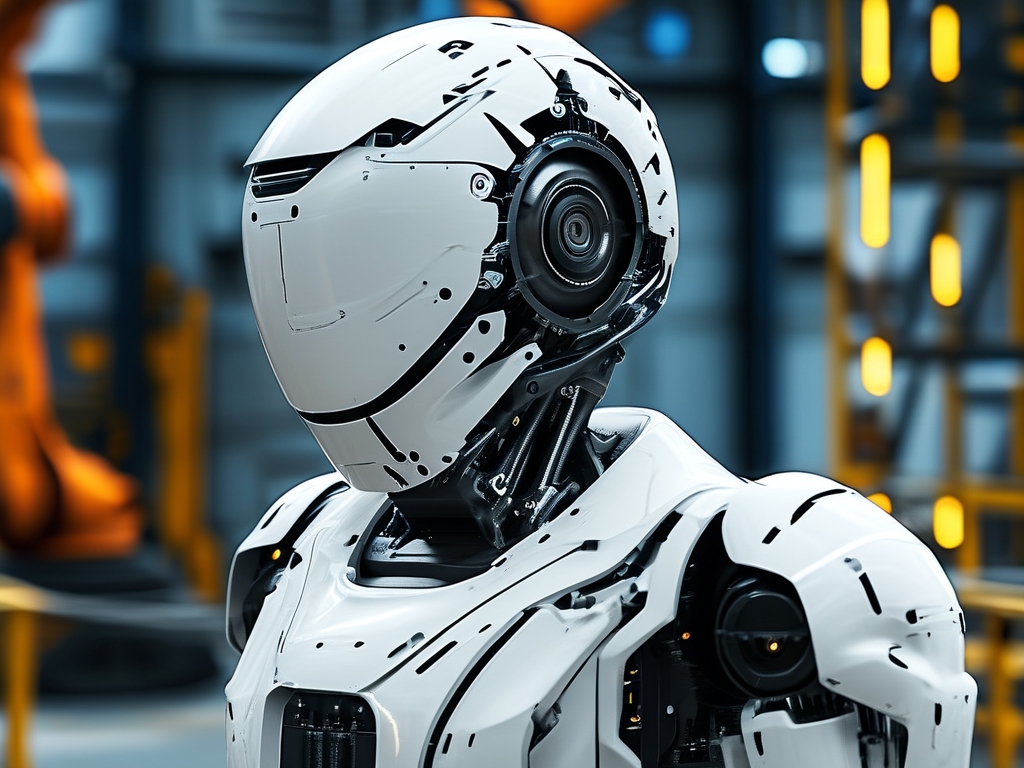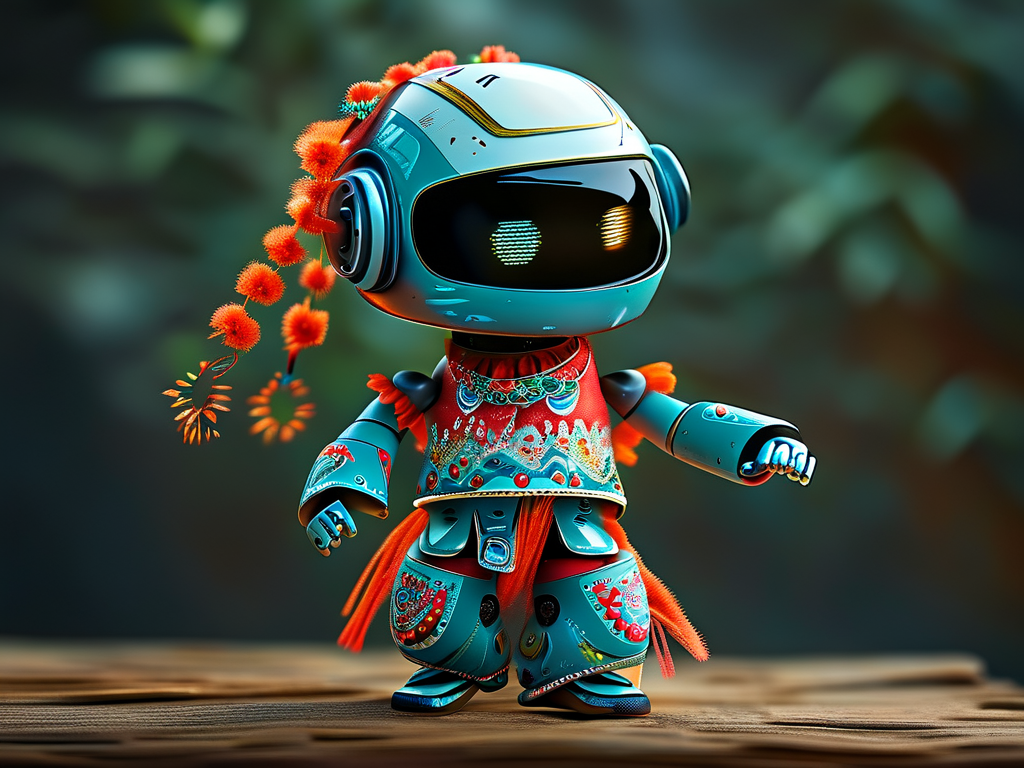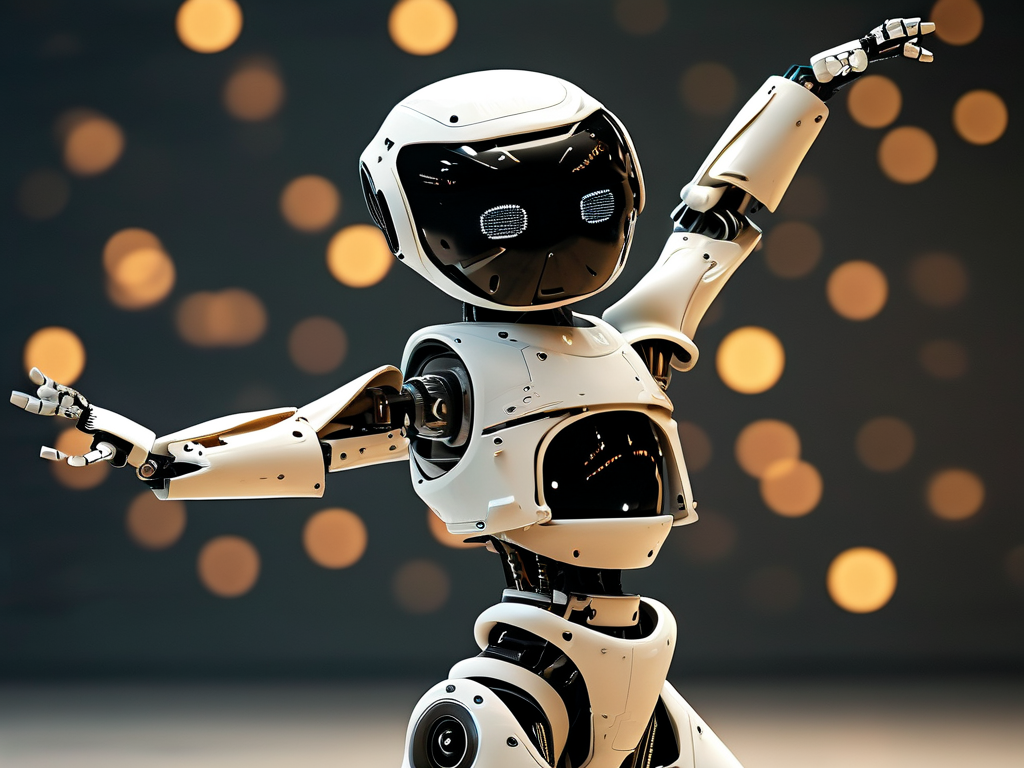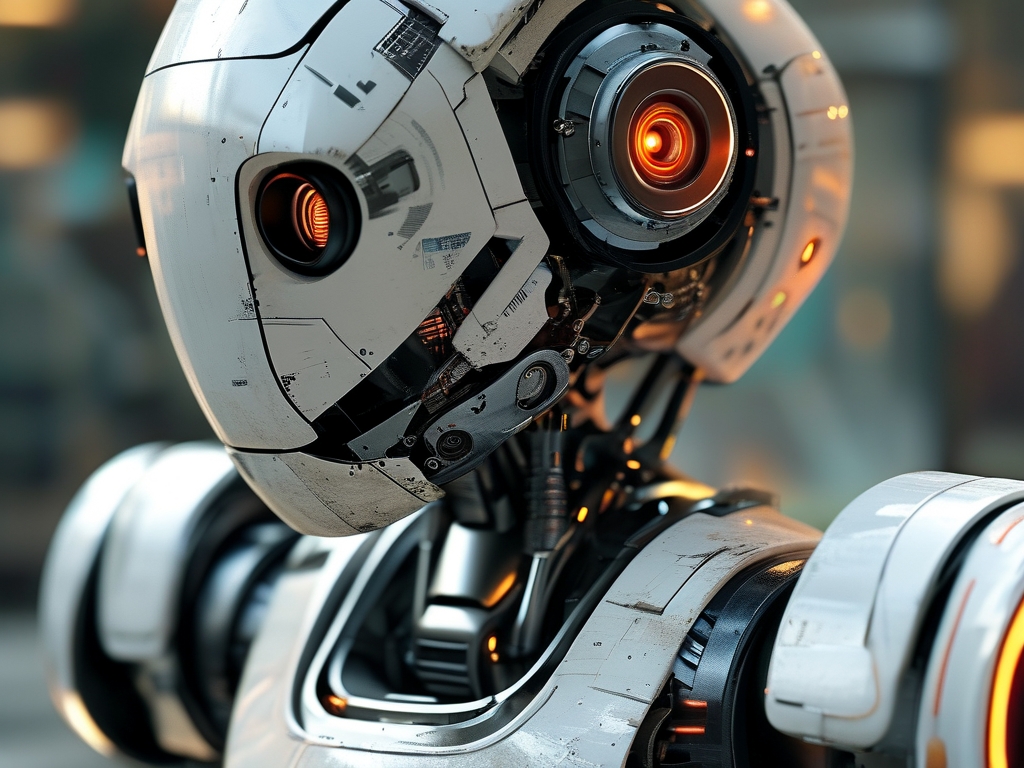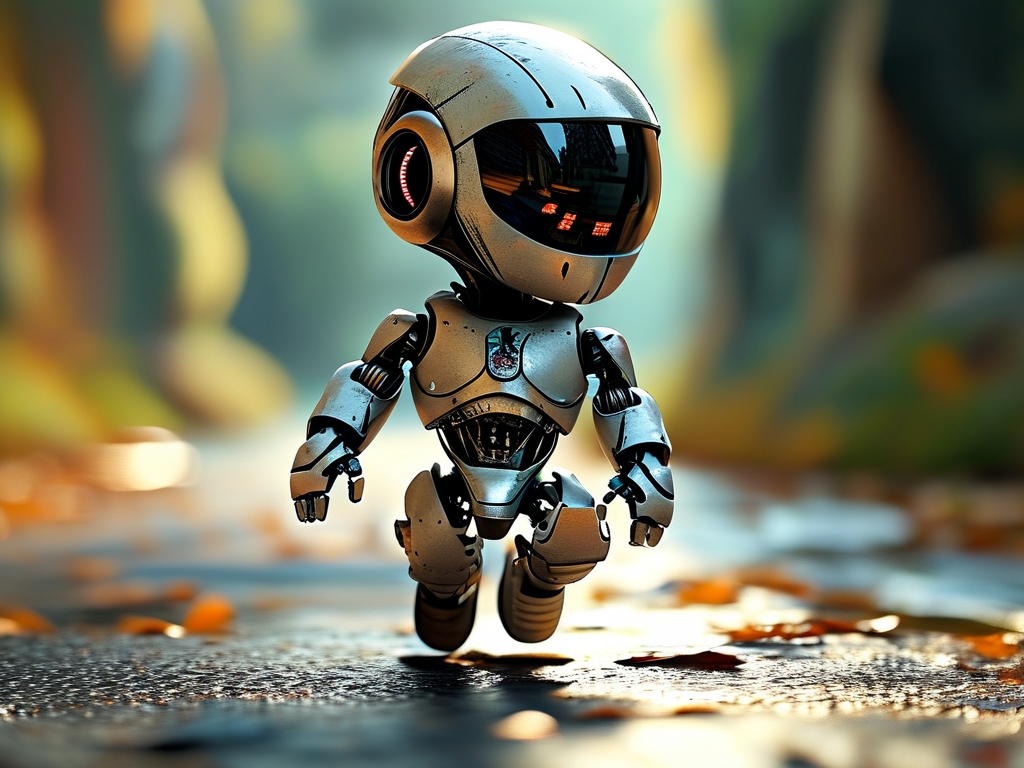The fusion of robotics and performing arts has given rise to a mesmerizing field where precision engineering meets creative expression. At the core of robotic dance lies a sophisticated interplay of hardware design, motion planning algorithms, and sensor integration. Unlike human dancers who rely on muscle memory and intuition, robots execute choreography through meticulously calculated instructions governed by physics and mathematics.
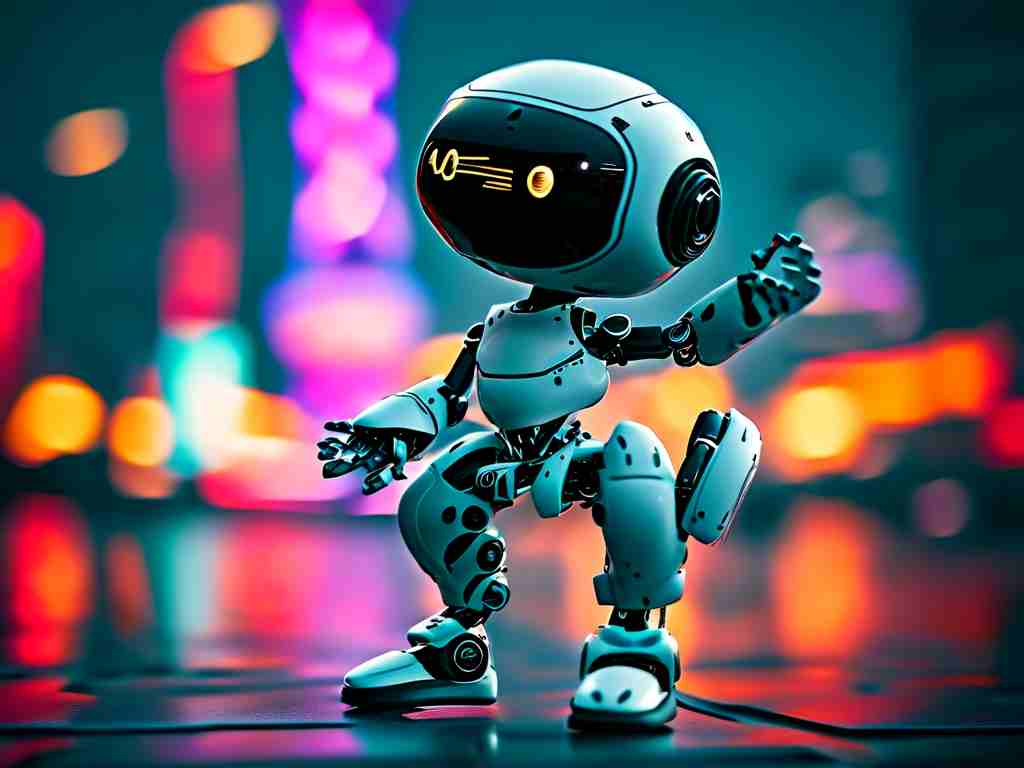
Kinematic Foundations
Robotic movement begins with kinematic modeling, where engineers define joint angles and limb trajectories using mathematical frameworks. Serial chain manipulators, common in humanoid robots, replicate biological joints through rotational actuators. Inverse kinematics algorithms solve complex equations to determine how each joint must move to achieve a specific end-effector position—like a robotic hand tracing an arc during a spin. For dynamic dance moves such as breakdancing-style floor rotations, these calculations must account for centrifugal forces and moment of inertia in real time.
Sensor Fusion for Balance
Maintaining stability during complex maneuvers requires multisensor integration. Inertial Measurement Units (IMUs) continuously track angular velocity and linear acceleration, while force-sensitive resistors in robotic feet detect ground contact pressure. Advanced systems like Boston Dynamics' Atlas employ model predictive control, where onboard processors run 1,000 calculations per second to adjust limb positions mid-motion. This enables recoveries from unexpected disturbances—a critical capability when executing jumps on uneven surfaces.
Choreography Programming
Translating dance routines into machine-executable code involves motion capture and trajectory optimization. Some systems use optical markers to record human performances, then convert the data into Bézier curves that define smooth joint movements. Reinforcement learning algorithms take this further—researchers at ETH Zurich recently demonstrated robots that improvise dance sequences by analyzing music beats through Fourier transforms and generating moves that maximize "style points" based on pre-trained neural networks.
Energy Management Challenges
High-energy dance sequences push power systems to their limits. Hydraulic actuators in heavy-duty robots like KUKA's Titan can output 1,500 N·m of torque for powerful kicks but require sophisticated cooling systems. Conversely, bipedal robots prioritize energy efficiency—Honda's ASIMO uses predictive momentum control to minimize battery consumption during spins by aligning rotational forces with natural body dynamics.
Human-Robot Interaction Layers
Synchronized group performances add communication protocols to the technical stack. Wireless time-synchronized networks using IEEE 1588 Precision Time Protocol ensure millisecond-level coordination between multiple robots. Facial recognition cameras enable adaptive interactions—during a 2023 Tokyo exhibition, Kawada Robotics' Nextage robots modified their dance speed based on audience proximity detected through LiDAR sensors.
While current systems still lack the fluidity of human dancers, breakthroughs in soft robotics and artificial muscle technology promise more organic movements. Shape-memory alloys and pneumatic artificial muscles are enabling bending motions that mimic biological tendons, potentially allowing future robots to perform ballet pliés with nuanced weight shifts. As these technologies mature, the line between mechanical precision and artistic grace continues to blur, redefining the possibilities of automated performance art.


